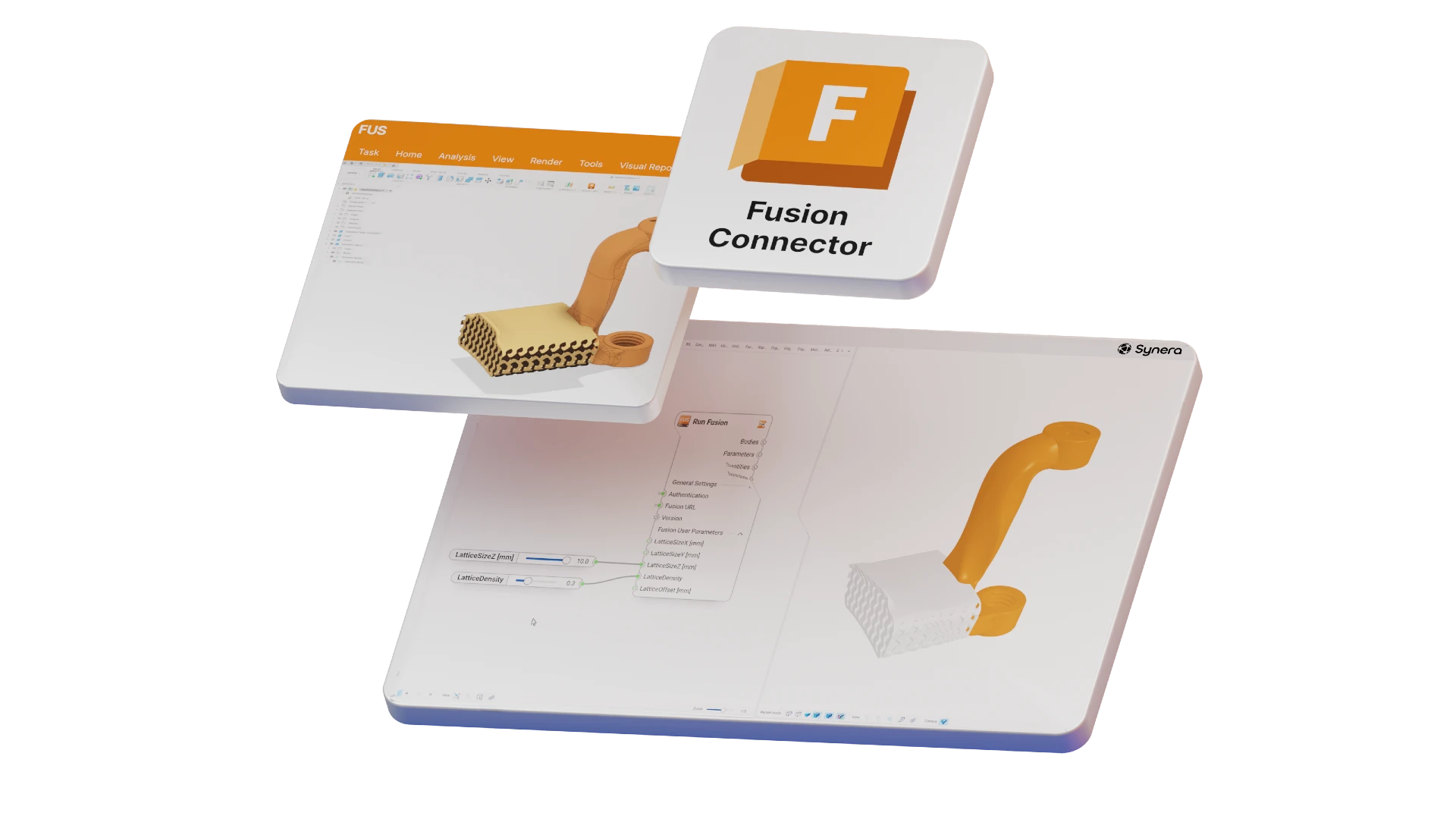Bikini equals summer, sun and beach? Well, there’ s more to it than that, because it also refers to a current joint project that focuses on lightweight construction to drive innovation in resource-saving product development as a foundation for sustainable business.
The article explores the fusion of bionics and artificial intelligence (AI) in product development to advance sustainability, with a specific focus on lightweight construction. Balancing climate change mitigation and economic growth poses a significant challenge for many companies, especially in the mobility sector. Lightweight construction is seen as a crucial technology to achieve these dual objectives by reducing both material costs and carbon emissions during a vehicle's operation. However, the often-emission-intensive processes of manufacturing and recycling are frequently overlooked, contributing significantly to carbon emissions. To tackle this issue, a consortium is collaborating on the "Bionics and AI for Sustainable Integration of Product Development for Resource-Efficient Lightweight Construction" (Bikini) project.
The project's objective is to establish sustainable practices spanning the entire product lifecycle, from development to recycling, by leveraging insights from bionics and AI.
Bionics, which draws inspiration from nature to inform technical developments, and AI, which replicates human learning through algorithms, form the foundation for innovative algorithms and support services. These technologies enable partially automated processes, integrating sustainability assessments into product development workflows. This shift ensures optimization not only for lightweight design but also for sustainability throughout the product's lifecycle. The sustainability assessment extends to spare parts procurement, aiding in the selection of environmentally friendly manufacturing processes. AI plays a pivotal role in analyzing complex relationships between requirements and sustainability during the requirements management stage, allowing for early risk identification. This innovative approach facilitates rapid adaptation and optimization of product designs without requiring extensive new development efforts. This approach saves time and enhances sustainability by replacing manufacturing processes or materials that may have been suitable initially but are no longer sustainable in later product phases.
AI proves invaluable for expediting iterative design processes and efficiently managing vast datasets. It can rapidly assess vehicle designs for factors such as pedestrian protection and translate the geometry and function of natural principles into technical solutions.
The project leverages Syneras software to network and automate various software solutions in the development process. EDAG, serving as a beta tester, utilizes AI functionalities to automate data preparation and neural network training, streamlining product development. Addressing concerns regarding increased costs associated with sustainable products, the project emphasizes collaboration between industry and science to find solutions that do not compromise economic competitiveness. It develops criteria for evaluating and balancing conflicting economic and sustainability requirements, which are validated using historical data and translated into algorithms. This automated collection and verification of requirements and sustainability data enable continuous optimization during development.
The project's ultimate goal is to showcase results through a door module example, aiming for a minimum weight reduction of 20% and a 30% reduction in development time.

Lastly, the article underscores the importance of ensuring that sustainability assumptions made during development align with reality. Data collected during the product's use phase, encompassing load cases, component failures, and recycling data, is linked to the digital twin of the component using additive direct markings. This approach ensures robust traceability and enables tracking whether planned recycling efforts have been effectively implemented.
Read the full article
Would you like to learn more about the combination of AI and Bionic? Read the full article in KONSTRUKTIONSPRAXIS (in german).
Discover the benefits yourself – Test Synera's Low-Code platform!
Would you like to experience the benefits of Connected Engineering and our Low-Code Platform firsthand? We invite you to test Synera's Low-Code Platform 14 days for free and discover how you can make your product development more efficient and agile. Experience the future of product development and explore the possibilities that our innovative solution offers. Click here to explore the Synera Low-Code Platform and optimize your development process for your use case today.
Or get a free demo from our CEO Daniel Siegel. Every Tuesday and Thursday he will take you on a guided tour of our synera software. You will discover how to automate your workflow and how to speed up your development process. There will also be a Q&A session where you can ask all your burning questions. Register here for free.





